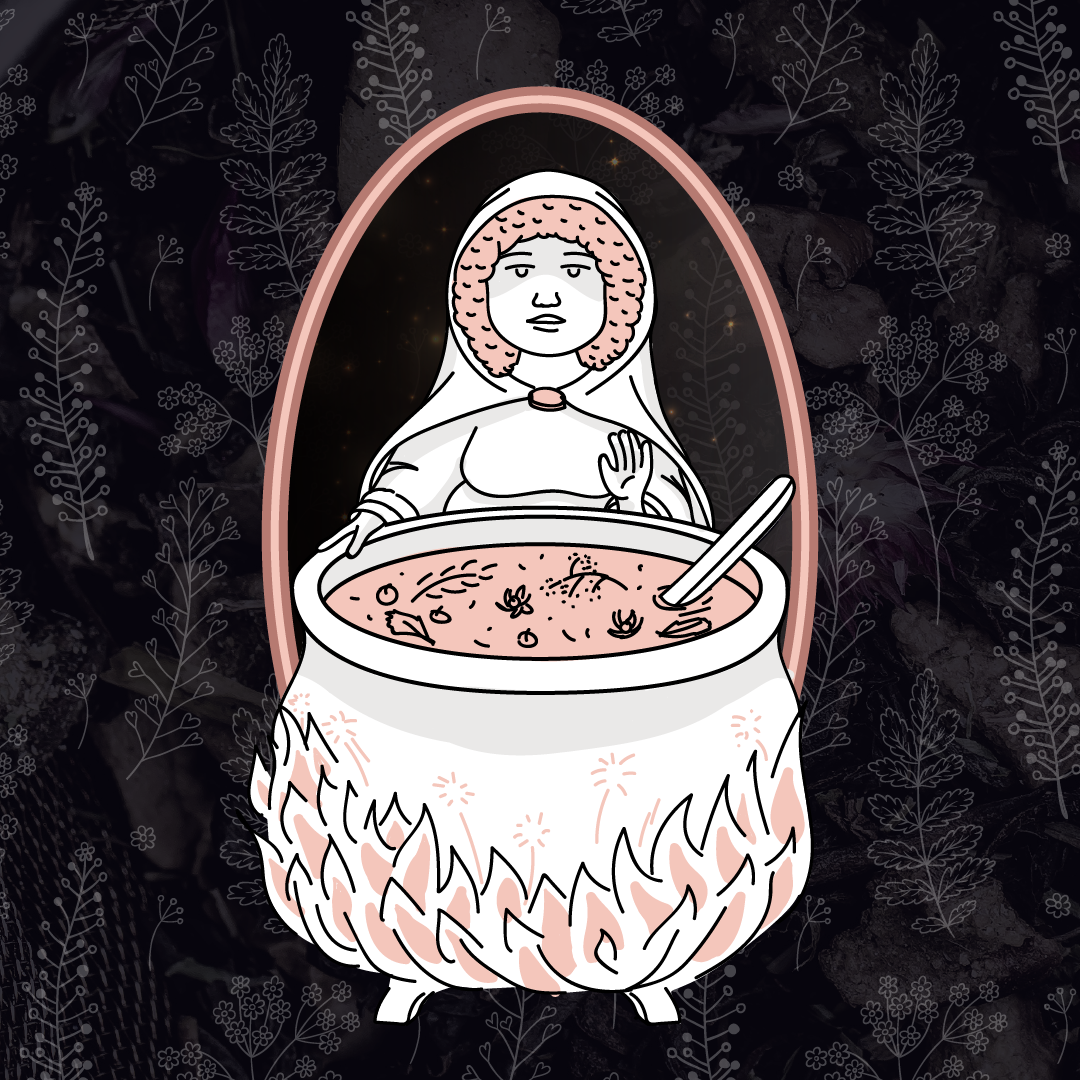Abarta is a Celtic god of demons and deeds. He was one of Ireland’s most powerful gods, second only to the Dagda. His name means “bringer or brother of death.” Abarta’s cult may have had connections with Roman Mars, as he was also seen as a god of war. Though there are few surviving texts about Abarta, it is thought that he was once worshiped across Ireland. There are some indications that he might have been linked to the Norse Odin, who is also often depicted as bringing death with his spear. Abarta is typically portrayed as an older man with long white hair and beard, wearing a green cloak over his shoulders.
Who is Abarta?
Check out Ireland’s ancient Druidic gods if you want to see a more detailed breakdown of Abarta’s story. In Irish myth, he was sometimes described as the father of the Dagda. In Irish mythology, Abarta (also Ábartach, possibly meaning “doer of deeds”), was in some accounts, one of the Tuatha Dé Danann and, in others, a Fomorian associated with Fionn mac Cumhaill.
What is the meaning of his name?
There are two different meanings to the word Abarta. One means “hearth,” while the other means “white” or “elderly.” Abarta is associated with both, and his name is often thought to be a cognate of Odin’s Odin. Why is he so popular in Scotland? He’s the “Lord of Evil” or “Lord of War.” He’s traditionally seen as the adversary of the spirits of the dead. He’s also considered the ruler of the underworld and foretelling of the future. What do we know about his cult in Scotland? It seems as though the whole of Scotland has a tradition of demon worship. But, there are many places where a great deal of information about the religion has been lost. We do know that Abarta was popular with the Scottish Picts who lived in the area.
What are some other titles or names given to Abarta?
Cian: The Naming God of the Tuatha Dé Danann Cian, the son of the Dagda and Irish goddess Brigid, is the god of the Irish druids. He was considered a guide for those who wished to attain heaven. Â Cian is believed to have been a sagacious leader who could cure all types of ailments. What are some other titles or names given to Cian? St. Cian: The Most Honorable Druid St. Cian was a Druid who practiced a simple lifestyle and has led the followers of Druids and gods in peace throughout Ireland. His feast day is on the 3rd of March, and he is often referred to as “The Most Honorable Druid.” Cu Chulainn: The Young Warrior Cu Chulainn is the Celtic god of war. He was also the son of the Nynos of Aisling and Aithusa and had the gift of healing.
How was Abarta worshiped, and what were some of his symbols?
A typical image of Abarta is that of a man with a spear, known as a ‘white spear.’ The spear was often used to draw blood from the spear’s tip or the ribs. It is believed that if you ate the flesh of a white pike, you would be healed from any disease. In Europe, it is traditional to hang up a wooden plank or piece of bark. A selection of bread, fruits, nuts, grains, or an apple or orange is hung on the opposite end. The wood is believed to heal the sick. On St. Abb’s Day, it was common to loop a white (or blue) ribbon tied around the root of a tree. Who was Abarta’s wife? In Ireland, there were several goddesses known as the Nuns, one of the names for Abarta. He had two daughters: Ceitlin and Raine.
Conclusion
There are many great gods throughout Celtic history, but none quite like the ancient gods of Ireland. These spirits were each different from one another, but each had one thing in common. They each had an unquenchable need for a certain amount of violence to keep the world running smoothly. These ancient Irish gods constantly waged war against one another in a vain effort to dominate the universe and dominate their lands. Old Irish gods are particularly dangerous because they are so often hidden from the living. Most of us will never know who they were or even the names of the gods.











